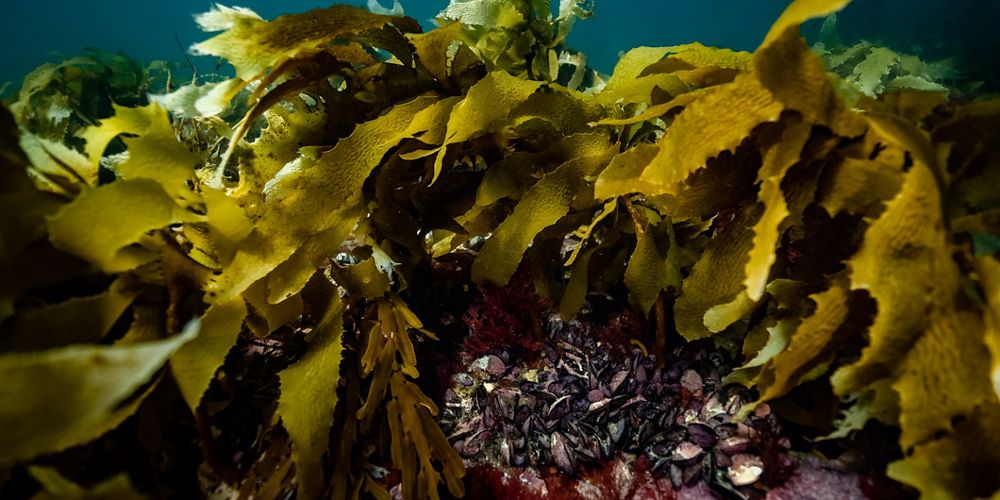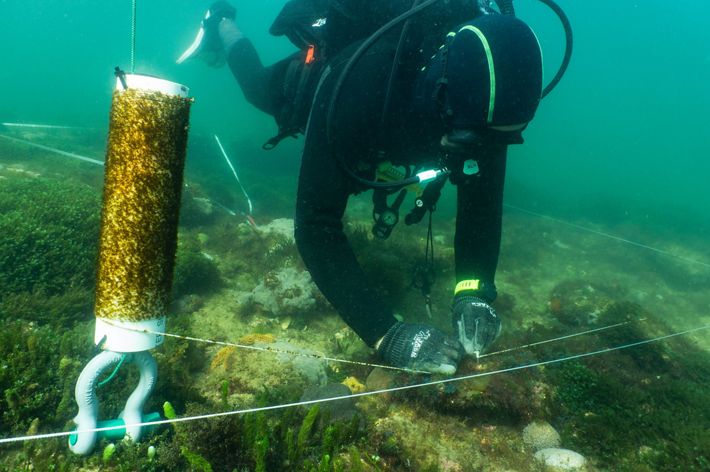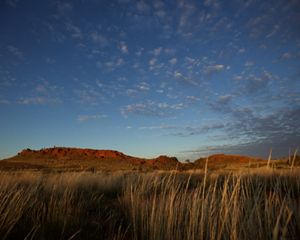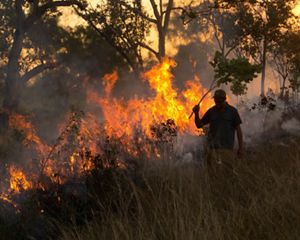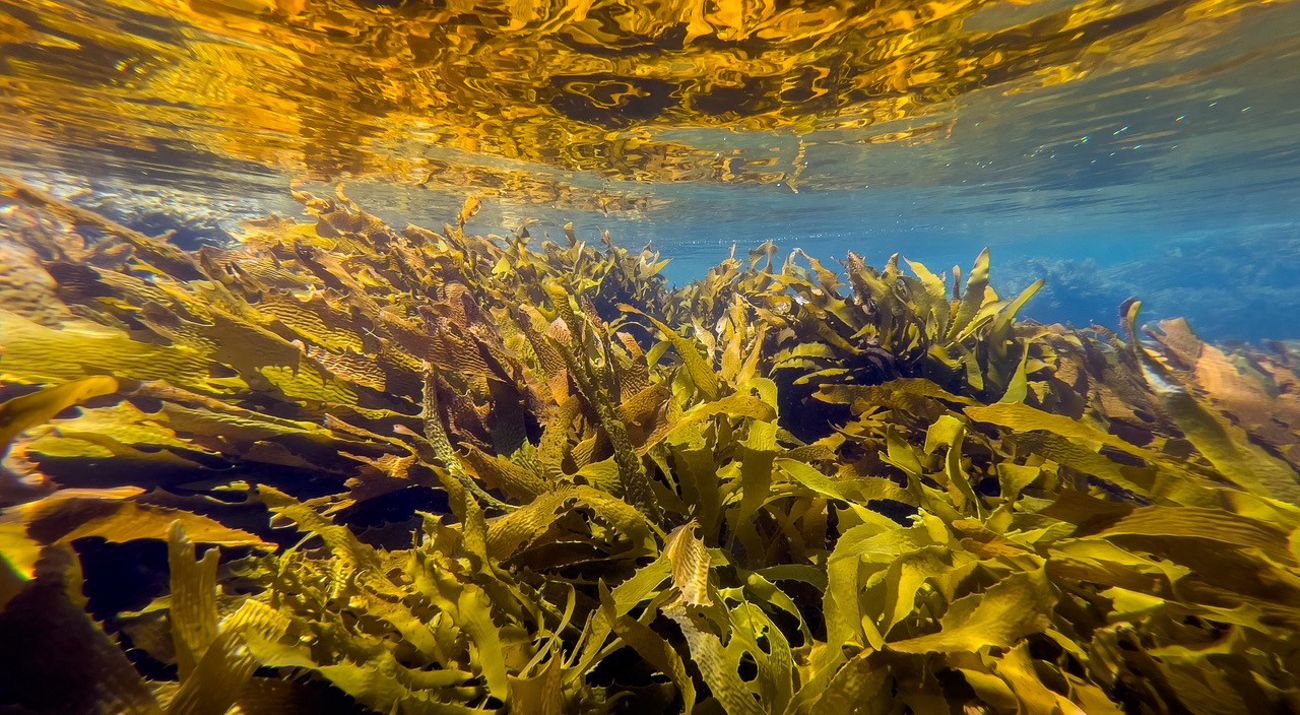
The hypnotic sway of kelp fronds as they dance with the surge of the ocean was once a common site along the Great Southern Reef.
In recent times, these important ecosystems have been under threat. They support an abundance of marine life, abalone and crayfish fisheries, coastal tourism and recreational industries. These ecosystems also help to protect our shorelines, remove excess nutrients in the water and sequester carbon from the atmosphere.
The Port Phillip Bay Golden Kelp Restoration Project
The kelp forests and macroalgae habitat in Port Phillip Bay have undergone significant decline in the last two decades, mostly because of the increase in the numbers of purple urchin (Heliocidaris erythrogramma) and changes in water quality, which has impacted more than 50% of the rocky reefs in Port Phillip.
The Port Phillip Bay Golden Kelp Restoration Project commenced in 2022 to research and develop scalable solutions to recover these important ecosystems, building on over 10 years of research into kelp and urchin dynamics in Port Phillip.
Over the first two years, The Nature Conservancy outplanted nearly half a million juvenile kelp, grown on 3 km of cotton twine, and 500 kg of green gravel, and transplanted 400 mature kelp from healthy populations, to help recover these ecosystems. Urchin numbers were reduced to healthy levels in nearly 30 acres of urchin barrens, which are now recovering.
To date, monitoring is showing that all restoration methods are working well, with outplanted kelp successfully attaching to the reef and maturing and becoming reproductive. After just 7 months, the outplanted kelp were already on average 20 cm long, and they’re even bigger now!
Building on this proven success, another half a million juvenile kelp were outplanted in 2025, and an additional 12 acres of urchin culling is in progress.
Visit our Australia website to learn more on the Port Phillip Bay Golden Kelp Restoration Project.
Stay in Touch
Get the latest updates on our work. Learn about how we are conserving Australia’s lands and waters through project updates and receive other great information.
